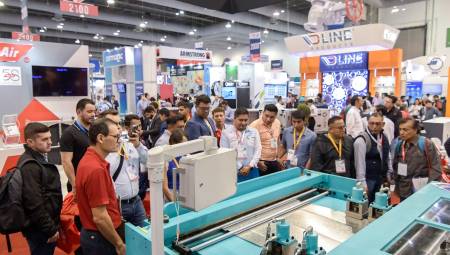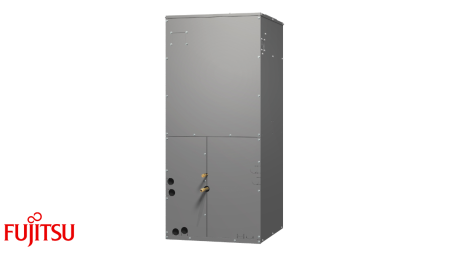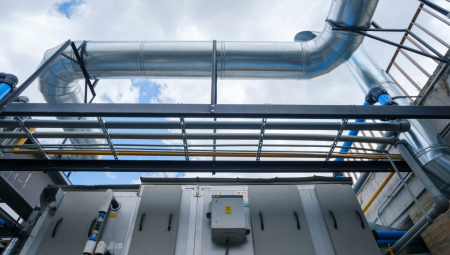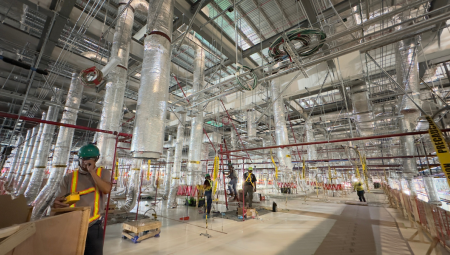 Rising costs and new environmental regulations call for proactive refrigerant handling programs.
Rising costs and new environmental regulations call for proactive refrigerant handling programs.
By Jason Ayres
As the cost of refrigerant has increased dramatically over the past few years, leak detection, prevention and reduction of refrigerant emissions have become a high priority for supermarkets, large refrigeration plants, food processing plants, cold storage facilities and large air conditioning facilities. To do this, refrigerant management through effective leak detection and refrigerant tracking is essential.
Since 2017, the cost of hydrofluorocarbon (HFC) refrigerants has increased between 275 and 700%, especially in Europe with FGas regulations based on the global warming potential (GWP) of these gases. Older refrigerants with a high GWP are being phased out in favor of newer compounds with a lower GWP. These newer compounds carry a much lower CO2 equivalent than the compounds they replace. As a result, refrigerant prices have skyrocketed in the last year and this upward trend is expected to continue around the world.
With these ongoing price increases, the cost of replacing the refrigerant far outweighs the cost of the technician's time to locate and repair these leaks. That doesn't even take into account the cost of lost inventory, increased utility consumption, damaged or overworked equipment, and potential fines from regulators.
Dramatic price increases, coupled with increased concern for the environment, have prompted a significant shift in trading strategy. Today, the goal of a refrigerant leak detection program is to find small leaks before they become large and expensive problems.
Where do leaks usually occur?
The first question is where do leaks typically occur in a commercial refrigeration system? Leaks often occur in mechanisms where there are changes in temperature, pressure, and vibration. Valves, pipe joints, and compressors are often the place where leaks can occur. Leaks can also be caused by poor installation or maintenance procedures that are compounded by these changes. Any device that is poorly restricted or supported within the system can also cause leaks. In some cases, leaks can also be caused by unintentional damage by a third party, such as cleaning machines, trucks or forklifts.
It is important to note that most of the refrigerant loss is due to a number of small leaks that often exist for a long time, making them more difficult to detect. In a study of several million leakage events, it was found that leaks from mechanical junctions tend to be progressive, starting small and making their way to full-blown events. Refrigerant leakage is often caused by equipment failure or failure due to aging resulting in failure of mechanical joints and seals. Compounded by changes in temperature, pressure, and vibration, some leaks come and go, making them very difficult and time-consuming to find.
Implementing a comprehensive leak detection program
With the revised EPA Section 608 rules now in effect, it's also more important than ever to use a permanent leak detection system that ensures compliance with the latest regulations, or that you risk paying fines for non-compliance.
Refrigerant leaks are not only expensive, but they can also be dangerous under certain conditions. Section 8.11.2.1 of ASHRAE deals with the safety of personnel who may be inadvertently exposed to harmful gases due to a refrigerant leak. These developments have brought a new approach to a comprehensive refrigerant management strategy that incorporates low-level leak detection at the top of the agenda.
While most apps have some sort of leak detection, the question now is whether the system is suitable. A proactive leak management program should include the right kind of leak detection technology along with a complete remote monitoring and refrigerant tracking system to detect and notify you of leaks as soon as possible. Each event is also weighted by its status: "Alert", "Alarm" or "Critical".
The most modern systems include continuous monitoring with multi-part alerts that can be accessed from any location. The latest refrigerant management software can track events to determine the patterns of which asset is usually the cause of the leak. The availability of this data can have a strong impact on the overall energy efficiency and effectiveness of the cooling system. The leak rate acts as an early warning for increased pending refrigerant use, while the leak rate defines the long-term performance of the system. The goal is to achieve and maintain a low leakage rate.
* Jason Ayres is an Application Support Engineer at Parasense Inc. a Bacharach company.














